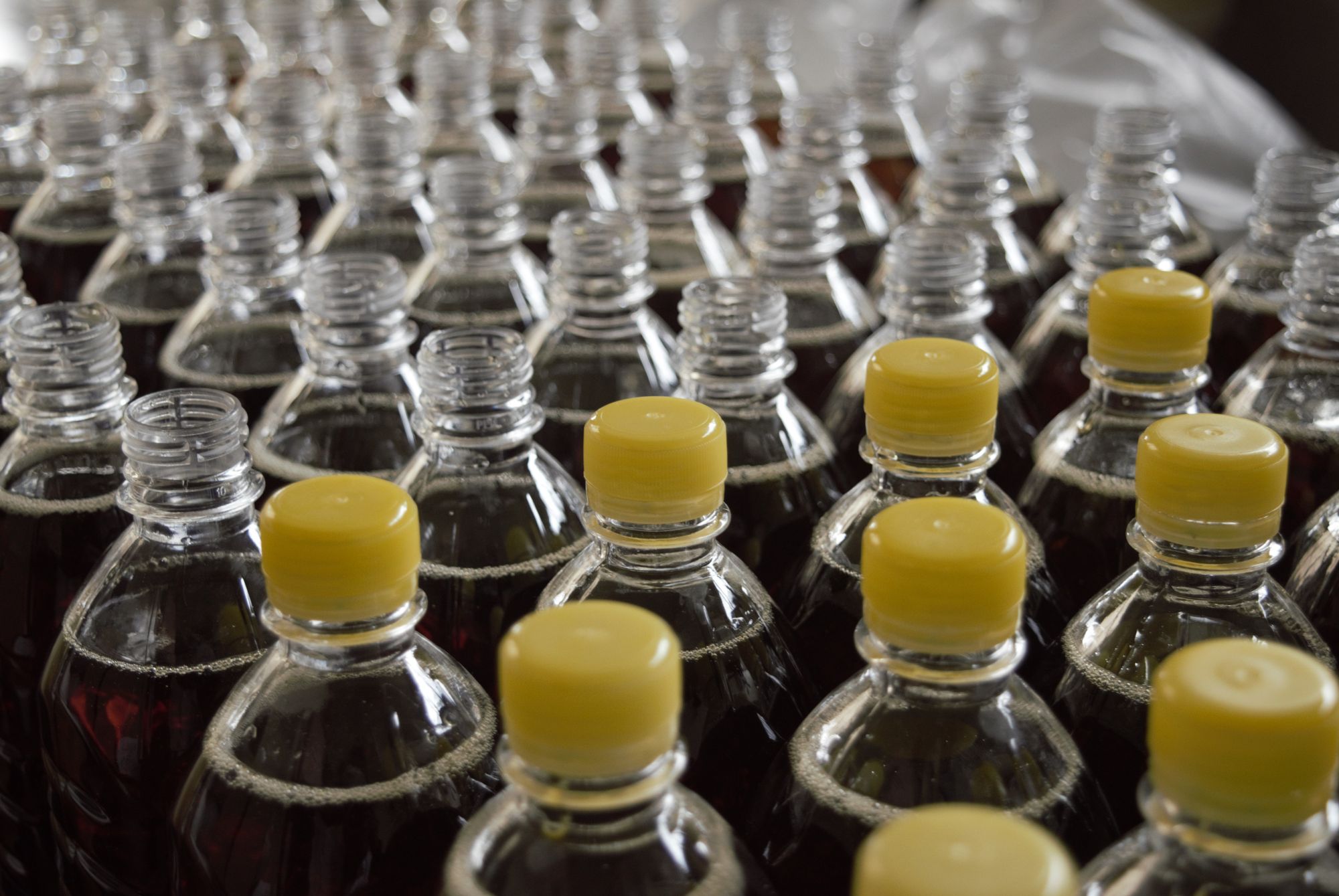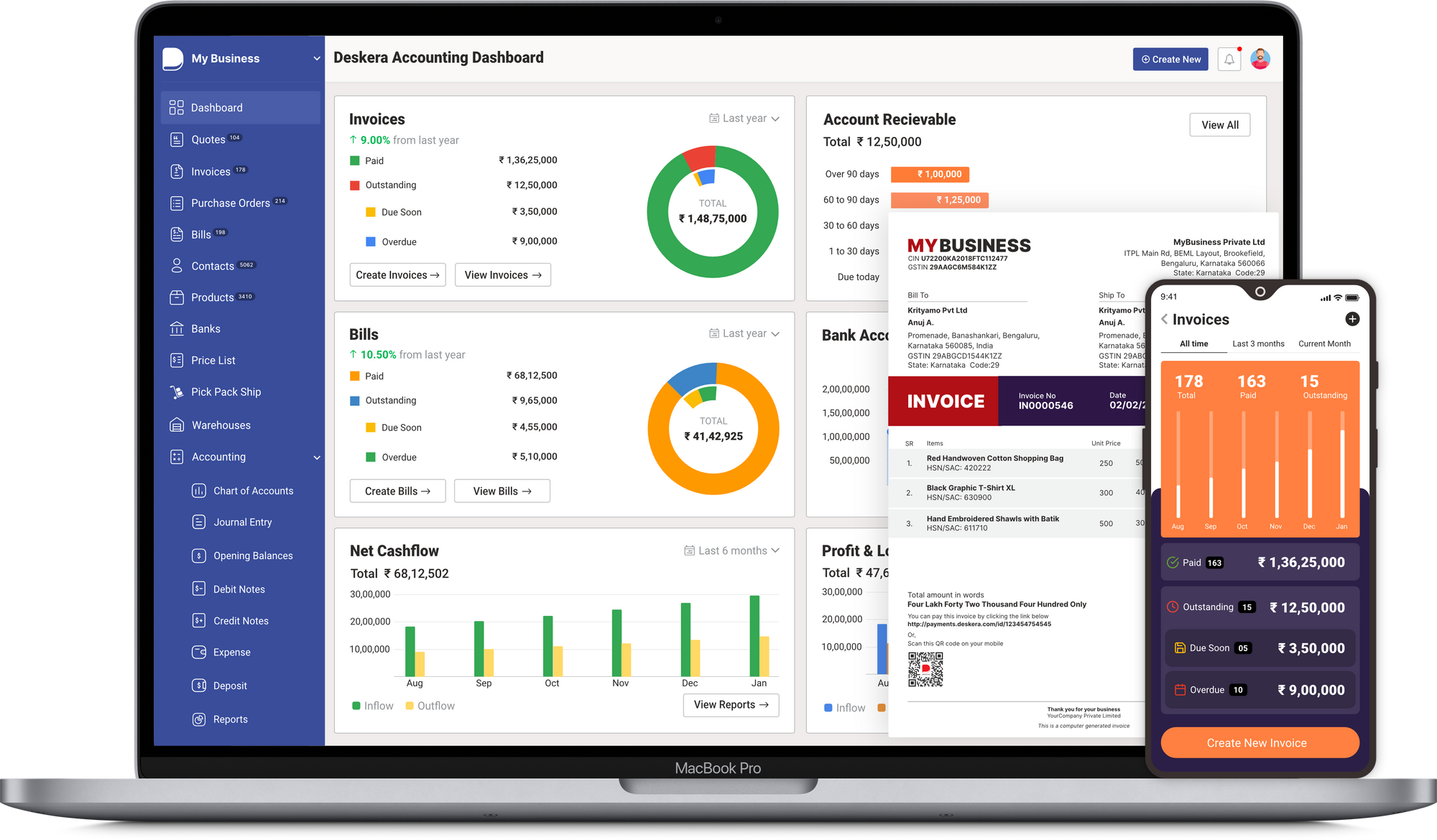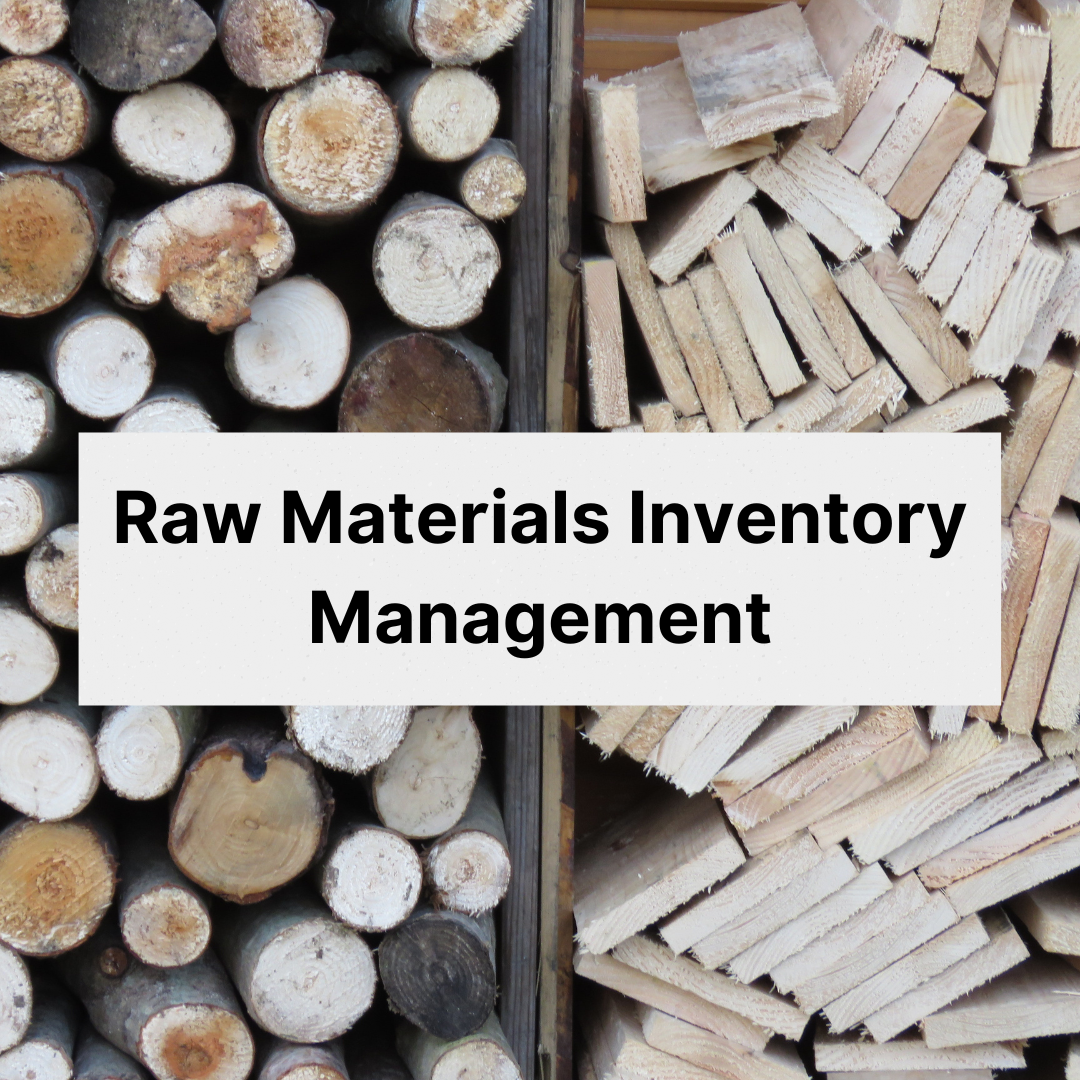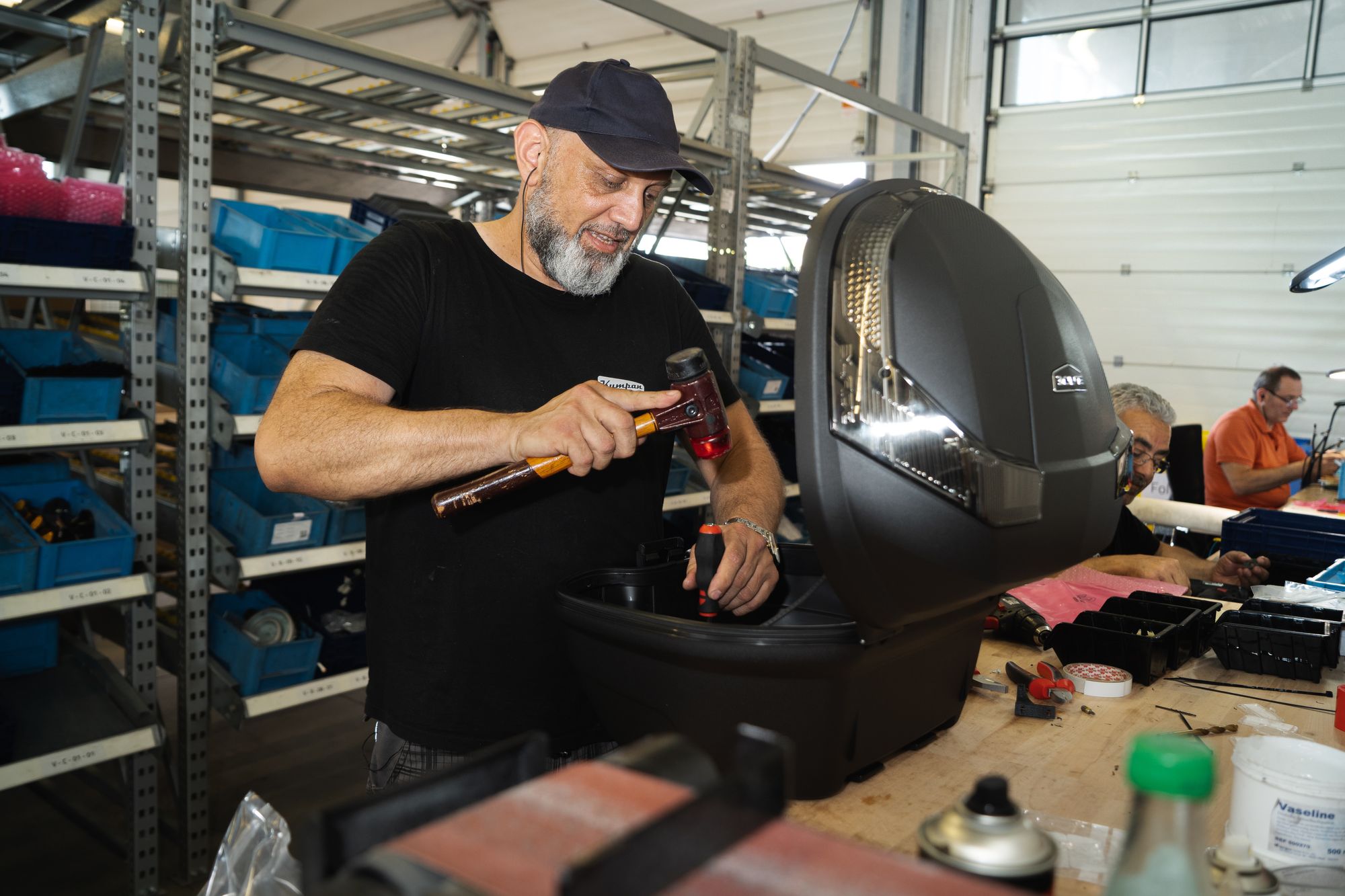The Industrial Revolution brought with it new products, new management, and new processes. Before the industrial revolution, most production occurred in small workshops employing few skilled people using hand tools, craft methods, and producing limited goods.

However, after the industrial revolution, with the help of advanced technology, we are now capable of repetitive manufacturing. Repetitive manufacturing, which is also known as mass production, is a popular process of producing goods in large batches. In this article, we will not only learn about repetitive manufacturing but we will also learn about its pros and cons and why you must practice it in your organization.
This article covers the following:
- What is repetitive manufacturing?
- What are the characteristics of repetitive manufacturing?
- How does repetitive manufacturing work?
- What is the importance of repetitive manufacturing?
- What are the pros and cons of repetitive manufacturing?
- Why must you implement repetitive manufacturing?
- How can Deskera assist you?
What is Repetitive Manufacturing?
Mass production, known as repetitive manufacturing, relies on generating large quantities of identical products in a steady stream. This method of production is employed in factories all over the world and is suitable for a variety of applications.
Many businesses specialize in creating tools and methods intended for these kinds of manufacturing procedures. This manufacturing strategy is appropriate for the production of goods with consistent and largely stable market demand, such as appliances, food, and medical supplies.
With the knowledge that there will be a market for the products as they come off the production line, the corporation can maintain a constant rate. Although manufacturing can be expanded or decreased in certain circumstances to adapt to shifting market conditions, this form of manufacturing is generally very efficient and fast.
What are the Characteristics of Repetitive Manufacturing?
Master Data
Specific master data for repetitive production is required. These include the repetitive production profile, the production version, and the product cost collector.
Schedule Table
In the context of repetitive production, planning and control is performed on the basis of “Time Buckets.” Starting from the situation of existing requirements, it is possible to plan production quantities according to periods. The planning data of the products and product groups are divided into a series of “Time Buckets,” which are presented with periodic views for monitoring and review purposes.
Sequencing
can be used to perform planning based on strategies that determine the sequence in which planned orders are proposed on the production line. Sequencing simplifies the shipping process, especially for high volumes, and allows you to view them in a graph.
Pull List
You can use the pull list to control the flow of internal material, supplying the production with the required components. The pull list controls the inventory situation in the production line, calculates the missing parts, and generates the request for the latter.
Backflush
Confirmations of completion of production are simplified and are made with reference to the material to be produced. Completion confirmation usually includes backflushing components and entering production costs.
Cost Control
In repetitive production, costs per material or production version are fed through a product cost collector (product cost per period).
How Does Repetitive Manufacturing Work?
A schedule consists of production orders with a completion date that falls in the same period. The production orders under a schedule (with like delivery schedule) can be grouped by item where different routing and production facilities are used for the same item.
Alternatively, production orders may be grouped based on production facility where different items, following different routing, are produced in the same production facility.
On completion of a production schedule, the status of all linked production orders is changed to complete, and related financial, cost and variance transactions are generated.
What is the Importance of Repetitive Manufacturing?
Here are a few reasons why many businesses today practice repetitive manufacturing in their business.
Lower Prices and Greater Access to All
Mass production enable people around the globe to acquire food, clothing, housing, medical supplies, cars, and much more. In other words, it helps people survive and evolve.
Before mass production, goods were made to order. It took time for consumers to get the products they demanded, and time costs money. Today, manufacturers can quickly meet consumer demand and make a profit at the same time. Meanwhile, consumers save money because mass production is efficient.
Also, thanks to mass production, the average person has access to more resources. Wealthy individuals are no longer the only ones who can travel or learn a foreign language.
The average person has access to technology that opens up a world of information and knowledge to them. Without mass production, the majority of people would not be connected to information and each other through devices like smartphones and laptops.
Consider how America was before Henry Ford started using assembly lines. Before cars were commonplace, people rode in horse-drawn carriages. Carriages were never mass-produced, and they were only built if someone placed an order.
Usually, only the wealthy ordered carriages because no one else could afford such a luxury. Things changed when Ford developed mass production techniques and built hundreds of cars per day.
Suddenly, average American families could afford cars this increased mobility. Americans were no longer stuck in the same town or the same job because they lacked transportation. They could progress down their own path.
Today, consumers who appreciate handmade goods still have the freedom to purchase unique, custom items from artisans. Some manufacturers are equipped to mass-produce custom items.
Because of mass production, consumers can also purchase more affordable mass-produced goods as they wish. Overall, people enjoy the freedom to choose when and what they buy.
Best for Both the Worlds-Companies & Consumers
Larger entities experience big savings when they have greater outputs, and this, in turn, allows them to offer lower prices to consumers. This is because it costs less to produce large volumes at once than it does to manufacture small quantities over time.
Large companies also save when they buy raw materials in bulk and use them to mass-produce goods. They can also pass these savings on to consumers. In general, the bigger the entity and the more production power they have, the less it costs to produce goods.
Mass Customization
Without the mass production system, mass customization would not exist. Mass customization refers to producing custom products quickly with low unit costs. This allows manufacturers to meet consumer demand.
If a customer wants a certain design or feature without high prices, manufacturers can deliver when they have mass customization capabilities. Furniture companies, for example, often offer customers the opportunity to choose from different fabrics or components.
They have the resources to mass-produce furniture while still creating personalized items. Many consumers value customization. One study published in Heliyon found that some consumers feel emotionally attached to products that have been customized and match their preferences. Manufacturers who do not want to get left behind can consider how they can incorporate mass customization in their systems.
What are the Pros and Cons of Repetitive Manufacturing?
Pros
Mass production provides a lot of benefits. Because production line equipment has established settings, mass production may provide a high level of precision under strict monitoring. Because fewer employees are needed in the automated assembly line production process, mass production also results in lower costs.
Systematic Scheduling System
Repetitive Manufacturing gives you the flexibility to adjust repetitive production schedules as often as necessary and with minimal user intervention. The solution also takes intervening factors, such as fluctuations in production capacity and changes in demand patterns, into account, making the whole process much more efficient.
Performance Visibility
To ensure that you always have immediate visibility of actual performance, Repetitive Manufacturing keeps track of production progress. As unit completions are recorded, deviations and cumulative totals by period can be compared to the scheduled rates and quantities, alerting you to take timely corrective action if necessary. Preferences in the way this information is presented can be accommodated using the grid configuration capabilities.
JIT Inventory
To support a ‘Lean’ factory - inventories are ‘pulled’ to each production location on an ‘as needed’ Just-In-Time basis. With Repetitive Manufacturing, you have all the tools you need to identify the net inventory requirements at each production line, unit, or cell and to manage the pull of the inventories required at the line side in order to sustain the scheduled production rates.
Mass Customization of Goods
Repetitive Manufacturing schedules allows you to maintain a unique bill of materials and to route for each part being manufactured. The system automatically uses the current version in effect, or you can perform an online override and create a modified version of the current bill of material and routing. You can tailor product configurations as needed to respond to current production conditions or to meet unique customer requirements.
Outside Processing
Given the increased use of outsourcing, outside processing may very well be a part of your planned routing. Repetitive Manufacturing gives you the ability to schedule outside processing by external suppliers into your repetitive manufacturing process. This job step can be easily integrated into the repetitive line.
Financial Visibility
Repetitive Manufacturing gives you clear and accurate visibility into your current production investment. You have the option to have each schedule provide an online valuation of value-added costs for material, labor, machine, overhead, and outside processing operations.
The total value of completed items is tracked for easy comparison against estimated costs. All transaction activity is tracked for posting and reporting to provide a complete financial view.
Increased productivity
Mass production makes it possible to manufacture large volumes in less time. There’s no need for workers to run around to gather supplies or tools when manufacturers use mass production techniques.
To illustrate this point, consider iPhones. At a manufacturing site in China, it takes about 400 steps to assemble an iPhone. Nevertheless, the plant can produce half a million iPhones a day, or about 350 a minute.
Without the use of assembly lines and advanced technology, would it be humanly possible to produce over 300 phones a minute?
Uniformity
Mass production helps ensure each product is the same. As a result, manufacturers have greater control over the quality, and consumers know what to expect. On the contrary, if a product is made by hand, consumers might get a product that has greater flaws than the next. Although this may not be a concern with decor items or certain accessories, consumers do not want cars or medical equipment that are not of the highest standardized quality.
Lower Cost
Mass production enables companies to produce larger quantities with fewer workers. Instead of having to pay several workers to complete a task by hand, manufacturers use machines to produce goods much faster. This allows companies to sell their products at a lower cost without losing profit.
Higher Quality of Life
Due to mass production, more people can afford products that make life easier and more comfortable. Consumers can afford new shoes, clothes, household items, and other goods when needed rather than waiting to save up enough money. When common goods are less expensive, people can save money and build their wealth in other ways.
Faster Production
When companies use machinery and mass production techniques, they can develop and produce products much faster. This means they can beat competitors in a race to distribute and market new products, giving them an edge they might not have otherwise.
Safer Medicine (Pharmaceutical Industry)
Mass production of pharmaceuticals and medical equipment leads to higher accuracy and standardization. Consumers do not have to worry about human error affecting their medical products. Rapid production of medicine and equipment also helps ensure medical facilities won’t run out of supplies.
Less Room for Error
Machines are designed to perform specific tasks, and they are less likely to make mistakes than humans during production. Consider how a machine doesn’t get distracted or won’t perform poorly due to lack of sleep. Machines help reduce the cost of error.
Job Specialties
The Industrial Revolution and mass production have led to the creation of specialized jobs. For example, factory workers are trained to perform highly specialized tasks.
Employers benefit from hiring skilled and efficient employees, and employees develop marketable skill sets. Employees with specific skills may also feel more secure in their careers because they are harder to replace.
Mass production has also helped create jobs for individuals to teach special skills and train workers. Lastly, mass production has created jobs for workers to repair machinery or make improvements.
Increased Worker Safety
Manufacturers who mass produce goods often employ automation technology to complete strenuous or dangerous tasks. For example, robots used in mass production can safely handle and assemble large and heavy parts. This helps keep employees safe from accidents or injuries.
Rapid Evolution
Imagine a world where everything was still made by hand and produced in small shops. This is how it was before the Industrial Revolution, and it took a lot longer to spread new products and ideas than it does today. Mass production speeds up evolution across all industries, and one innovation leads to the next.
Competitive Advantage
Businesses that mass produce their products may have a market advantage. Their mass production infrastructure can help them go to market faster and offer lower prices than competitors. This can make them more appealing to consumers compared to other brands on the market that may not have mass production capabilities.
Convenient
Consumers benefit from the speed of production associated with mass production because it makes products more readily available. Companies that mass-produce their products can produce and distribute large quantities of products quickly, allowing them to serve more customers and deliver goods on an urgent schedule. They may also be able to offer the products at a lower price.
Expanded Market
Before mass production, stores received fewer products to offer their customers. Mass production prevents product scarcity by saturating the market. When businesses use mass production, they have the potential to sell and distribute more products because they have a higher volume of products to offer. This also allows them to expand their audience and reach new consumers.
Cons
Every coin has two sides, on the flip side of all the pros of repetitive marketin, not all aspects of mass production are advantageous. An automated assembly line is expensive to set up and takes a large amount of time and money upfront. It may take a significant amount of time and money to redesign and rebuild mass production procedures if there is a flaw in the production design.
Initial High Costs
It takes a lot of capital and time to build a factory equipped with specialized machinery. Specialized machinery costs a lot of money, and so does the factory floor space needed to hold assembly-line machinery.
Initial costs can make it hard for smaller businesses to mass produce their products. However, it’s a worthwhile investment for companies who are confident their sales and productivity can cover initial costs.
Less flexibility
Factory managers can’t walk up to a machine and ask it to stop what it’s doing and complete a different task. Specialized machinery used in mass production is designed to do one specific job.
This level of inflexibility can sometimes be problematic. For example, if there’s an error in production, companies may have to redesign their process. This can be costly.
In the case where regulations change, manufacturers may have to make significant adjustments. Lastly, it can be hard to keep up with ever-changing consumer demands if a company does not have the means to be flexible.
Energy Consumption
Factories that mass produce goods use powerful machinery which requires substantial amounts of energy. According to the U.S. Energy Information Administration, the industrial sector was responsible for 22.4 percent of energy consumption in 2017.
As natural resource conservation is a concern across the globe, companies need to consider ways to maximize energy efficiency when using mass production techniques.
Pollution
Simply said, factories cause pollution. During the Industrial Revolution, for example, factories polluted the water and air by burning coal and producing metals and chemicals.
They also directly released pollutants into rivers and streams. Industrial pollution is still an issue today. For example, according to UNESCO, just about all manufacturing activities create pollutants as byproducts, and water pollution is on the rise around the world. In the United States alone, the automobile industry is responsible for the release or transfer of millions of pounds of lead each year.
Hampers employees’ Well-Being
Mass production and assembly lines involve repetitive work. Factory employees may spend their entire shift standing in the same spot, doing the same tasks over and over.
This can leave employees feeling unmotivated, bored, or isolated. Repetitive motions can also lead to conditions like carpal tunnel syndrome. When employees feel unappreciated or unfulfilled, factories face high turnover rates.
Lack of Product Uniqueness
Mass-produced goods lack uniqueness. In today’s world, many consumers want customized products that feel personal and express their identity. Some manufacturers offer customized products, while others do not have the capabilities to mass produce custom goods.
As consumer demand for customized products continues to grow, manufacturers will need to adopt new technology, like 3-D printers, to evolve.
Unhealthy Habits
Mass production has reduced the need to perform labor-intensive tasks. As machines do the grunt work, fewer people need to engage in physical activity. For example, farmers can plant and harvest crops using mass-produced machinery rather than doing farm work by hand.
Likewise, mass-produced cars enable many people to drive to work instead of walking. Although mass production techniques have increased safety in many instances, they’ve also led to sedentary lifestyles for many.
Lastly, mass-produced food, which is often high in fat and salt, has become part of unhealthy diets for many Americans. An unhealthy diet increases the risk of diseases related to obesity.
Inventory Buildup
Mass production creates large quantities at once. As a result, products may build up before they can be sold. Excess inventory requires a large amount of warehouse space which costs money and energy to maintain.
Although manufacturers can sell extra stock to discount retailers, they can also benefit from limiting inventory as much as possible.
Loss of Jobs for Unskilled Workers
Mass production fosters innovation and has led to the development of advanced machinery. Today’s systems are less physically demanding than they used to be and, instead, require special skills and knowledge.
This means that manufacturers are hiring high-skilled workers, such as engineers and computer programmers, and leaving low-skilled workers without a job. For example, according to the Bureau of Labor Statistics, about 7.5 million manufacturing jobs have been lost since 1980.
Furthermore, a 2017 McKinsey Global Institute report estimates that up to 800 million workers could be displaced by automation by 2030 around the world.
Industries that Practice Repetitive Manufacturing
Mass production is a useful tool in any industry that needs to produce many similar products. Here are some industries that use mass production to increase efficiency and lower costs:
Clothing
Mass production is popular in the fashion industry because it allows clothing companies to quickly produce multiples of the same garment in several sizes, colors, materials and fabrics.
To mass-produce clothing, manufacturers use automated machines to cut fabric from patterns and sew pieces together. Mass-producing clothing is much faster than handmade, tailored garments that fit custom measurements.
Pharmaceutical
Mass production has a significant impact on the pharmaceutical industry. The preset parameters in automation that create standardized products are important in the production of medicines because they make each pill, capsule, or liquid solution the same.
This simplifies the process of determining the correct dosage for patients and increases safety by ensuring uniformity. It also allows for the proper sealing of medication packaging, which prevents contamination and increases the shelf life of the drugs.
Technology
Technology continues to advance rapidly, and mass production enables companies to make new devices widely available to consumers. As the need for technology products increases, mass production allows more people to access tools to improve their quality of life, from medical devices to phones.
Mass production is especially useful in the technology industry because it allows manufacturers to create highly technical, meticulous parts and pieces for complex machines.
Food
The mass production of food helps feed people around the world. Mass production now allows for a larger volume of shelf-stable foods that are packaged in cans and jars.
While farming, gardening, and other self-sustainability activities still provide food for many communities, developments in food packaging and production have expanded the availability of food.
What is the Difference Between Discrete, Repetitive, and Process Manufacturing?
Discrete Process
Discrete manufacturing forms an industry type wherein the products which are manufactured can be easily assembled and disassembled. They can be reworked easily to a large extent. E.g., making pumps, engines, cars, and airplanes.
Process Manufacturing
Process manufacturing forms an industry type wherein the products which are manufactured cannot be easily assembled and disassembled. It is impossible to be reworked these products. E.g., making chemicals, medicine, Paper, Steel, etc.
Repetitive Manufacturing
You produce the same or similar products over a lengthy period of time. You do not manufacture in individually defined lots. Instead, a total quantity is produced over a certain period at a certain rate per part-period. Your products always follow the same sequence through the machines and work centers in production.
You Must Implement Repetitive Manufacturing if You Tick All the Boxes Below
- You produce the same or similar products over a lengthy period of time.
- You do not manufacture in individually defined lots. Instead, a total quantity is produced over a certain period at a certain rate per part-period.
- Your products always follow the same sequence through the machines and work centers in production.
- Routings tend to be simple and do not vary much.
How Can Deskera Assist You?
Deskera ERP is a comprehensive system that allows you to track your inventory, manage suppliers, and track supply chain activities in real-time; also, it streamlines diverse other business operations.

Key Takeaways:
- Mass production, known as repetitive manufacturing, relies on generating large quantities of identical products in a steady stream.
- This manufacturing strategy is appropriate for the production of goods with consistent and largely stable market demand, such as appliances, food, and medical supplies.
- Specific master data for repetitive production is required.
- Mass production enables people around the globe to acquire food, clothing, housing, medical supplies, cars, and much more.
- Repetitive Manufacturing gives you the flexibility to adjust repetitive production schedules as often as necessary and with minimal user intervention.
- Repetitive Manufacturing gives you the ability to schedule outside processing by external suppliers into your repetitive manufacturing process.
Related Articles:











